Sony Cyber-shot DSC-W380 Review
Sony Cyber-shot DSC-W380
If you want an easy-to-use reliable ultra-compact, the W380 is hard to beat

Verdict
Key Specifications
- Review Price: £199.00
The new Sony Cyber-shot DSC-W380 is the latest in a long line of advanced but easy-to-use ultra compact digital cameras that combine all the latest features and technology with a well-thought-out user interface, superior build quality and class-leading performance. It follows in the footsteps of models such as the W7, W15, W70 and W80, and more recently the W200, W290 and the superb WX1 which I reviewed earlier this year.
The W380 has a good specification, typical of the latest generation of ultra-compacts. It has a 14/1-megapixel 7.76mm (1/2.3 inch) Super HAD CCD sensor, a high quality Sony G 5x zoom lens equivalent to 24-120mm, and a 6.7cm (2.7 inch) LCD monitor with a resolution of 230,400 dots. Features include 720p HD video recording, advanced nine-point autofocus, optical image stabilisation and Sony’s new Sweep Panorama feature. The W380 is one of four very similar camera in the W-series. The W350, W360 and W390 share most of the same features, but with variations such as a 3.0-inch monitor or a 4x zoom lens.
Like nearly all of Sony’s compacts the W380 is a good looking camera, and is the build quality is excellent. It has a strong all-aluminium body, and is available in the matt black seen here, as well as red, gold or silver. It is exceptionally small and light even by ultra-compact standards, measuring 91.7 x 51.9 x 19.7mm, and weighing in at just 124g including battery and memory card. Like a few other recent Sony compacts it has a dual-format card slot, capable of accepting either SD/SDHC cards or Sony’s own proprietary Memory Stick Pro Duo cards.
The small size of the camera and its relatively large monitor screen mean that there isn’t a lot of room on the back for the controls. The six-position mode dial is very small, but it has both a splined edge and a raised knob, which makes it easy to turn despite its size. The buttons are a bit small and fiddly, but not obstructively so. They are at least clearly labelled and operate with a nice positive feel.
The W380 is an all-auto point-and-shoot camera so it doesn’t offer too much in the way of direct creative control. The main shooting mode is Intelligent Auto, in which optical image stabilisation, face detection, red-eye correction, auto white balance and ISO, dynamic range optimisation and automatic scene recognition are all activated, and there aren’t many shooting situations which the camera can’t cope with on its own. All the user has to do is press the shutter button.
The menu system is similarly simple, with a maximum of only 10 entries in the main shooting section (and even less in iAuto and Easy Auto modes) laid out in a simple list, but it is very clear and easy to use, with brief explanatory notes for each selection. There are no options for image adjustment or tone control, but it does include metering mode, AF mode and Sony’s very effective Dynamic Range Optimiser, the original and still the best of the contrast boosting functions.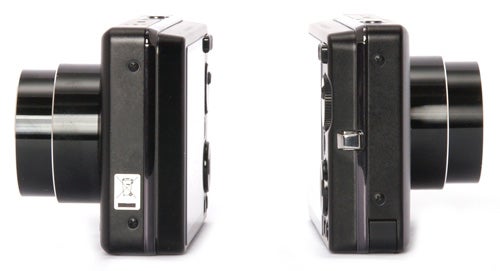
The W380 has Sony’s Sweep Panorama feature, which can capture wide panoramic shots by simply panning the camera across the scene while holding the shutter button. The camera automatically stitches together a rapid sequence of images into one long panoramic shot. It’s great for landscape snaps, and has already been copied by other manufacturers.
The W380 can record HD video at 1280 x 720 resolution at 30fps, with full optical zoom and image stabilisation. The zoom motor is virtually silent and can barely be heard on the soundtrack. Recording time is limited only by memory card capacity.
The W380 is equipped with Sony’s fast BIONZ processor, but its overall performance, while good by most standards, is not as fast as I was expecting. It can start up and take a picture in approximately 2.5 seconds, and in single-shot mode it has a shot-to-shot time of approximately 2.7 seconds, which is only just above average. In continuous shooting mode it can take a burst of four frames in approximately 2.5 seconds.
Sony’s nine-zone compact camera autofocus remains one of the best on the market. The W380 focuses quickly and accurately in virtually any lighting conditions, with superb low light performance. It has a fast and very bright AF assist lamp with a useful range of at least four metres, and focuses quicker in total darkness than some other compacts do in daylight.
The built-in flash is also very good, with good frame coverage and a useful range of nearly five metres. Close range metering is excellent, and the recycle time after a full-power shot is a little over seven seconds.
Image quality is very good, thanks mainly to the excellent Sony G lens, which provides outstanding detail resolution, with excellent corner sharpness and no trace of chromatic aberration. Barrel distortion is digitally corrected. Exposure metering and focusing are both reliably accurate, and the Dynamic Range Optimiser (DRO) feature ensures good shadow detail and a minimum of burned-out highlights.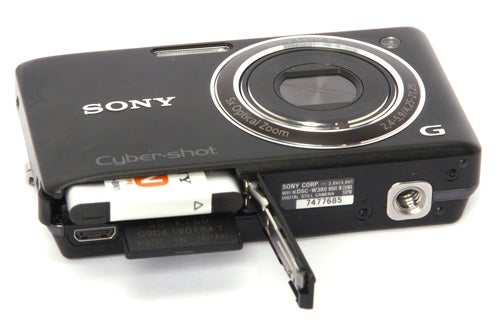
Noise control is generally good, but like most 14MP small-sensor cameras it’s not perfect. Image quality is excellent at up to 200 ISO, but the noise reduction does reduce some fine detail at 400, but colour gradation remains consistent up to 800 ISO, which is good. As usual settings above 1600 ISO are best avoided.
”’Verdict”’
The Sony Cyber-shot W380 is an excellent little camera, and certainly one of the best ultra-compacts currently available. It is quite expensive, but it offers superior build quality, stylish and efficient design, a good range of features, easy operation and reliably good results in any situation. Its low light performance is particularly good.
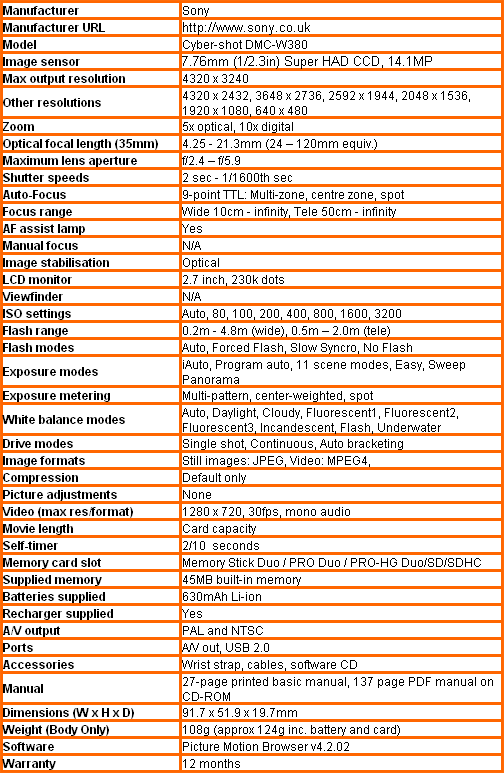
”Over the next few pages we show a range of test shots. On this page the full size image at the minimum and maximum ISO settings have been reduced to let you see the full image, and a series of full resolution crops have taken from original images at a range of ISO settings to show the overall image quality. These pictures were taken indoors using shaded natural light. ”
—-
This is the full frame at minimum ISO.
—-
At 80 ISO the image quality is very good.
—-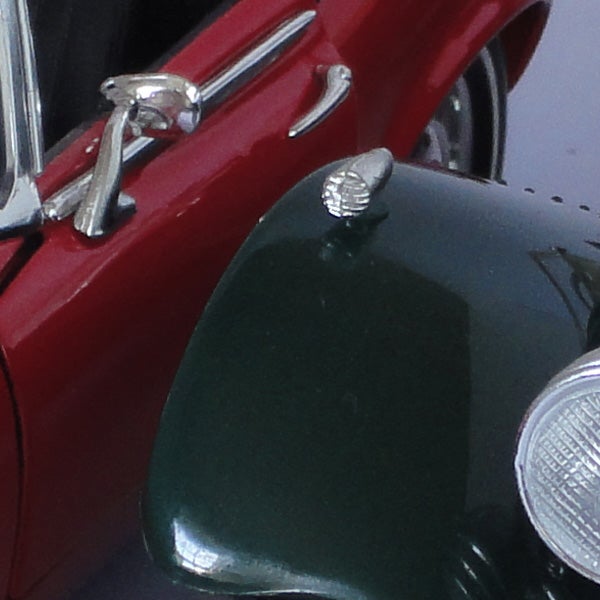
Still good at 100 ISO.
—-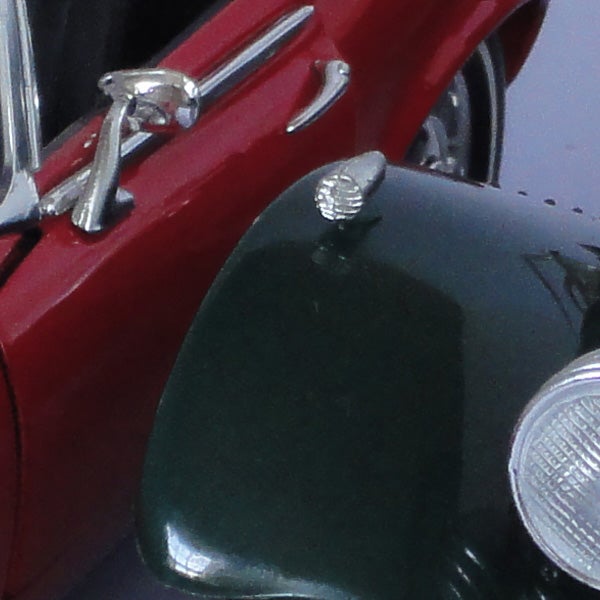
Still no problems at 200 ISO.
—-
At 400 ISO the noise reduction has sacrificed some fine detail, but colour is still good.
—-
Noise is starting to be a problem at 800 ISO.
—-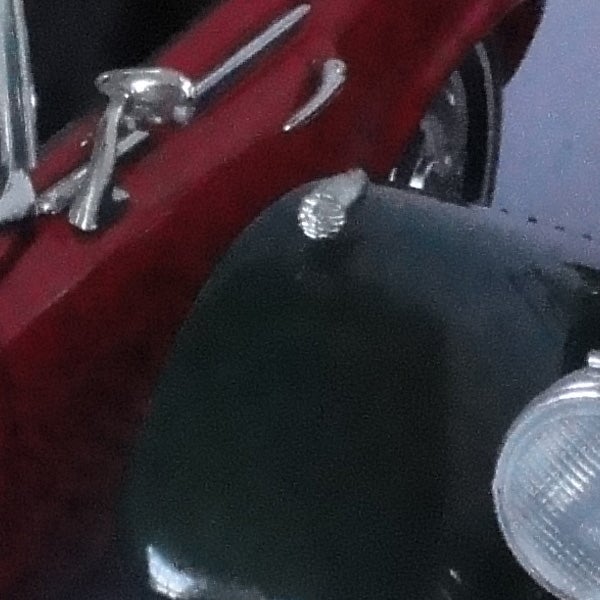
The noise reduction has greatly reduced detail at 1600 ISO.
—-
Colour is very blotchy at 3200 ISO.
—-
This is the full frame at maximum ISO.
—-
”A range of general test shots are shown over the next two pages. In some cases, the full size image has been reduced for bandwidth purposes, and a crop taken from the original full resolution image has been placed below it to show the overall image quality. Some other pictures may be clicked to view the original full-size image. ”
—-
Here’s the usual detail test shot of the West Window of Exeter Cathedral, for you to compare with other cameras. See below for a full res crop, or click to see the whole picture. File size 5.5MB.
—-
The level of fine detail is outstanding, thanks mainly to the superb lens.
—-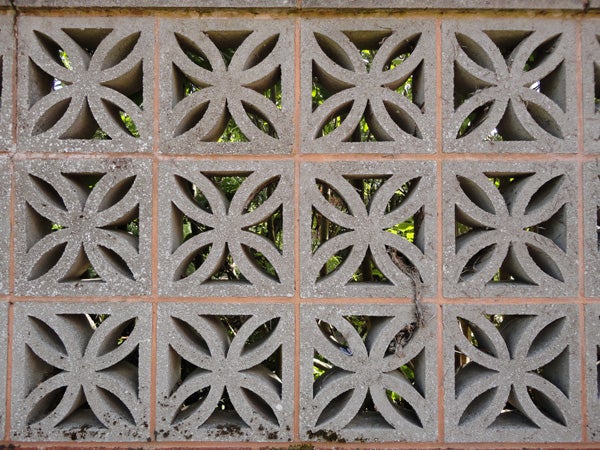
As with most modern compacts barrel distortion is digitally corrected.
—-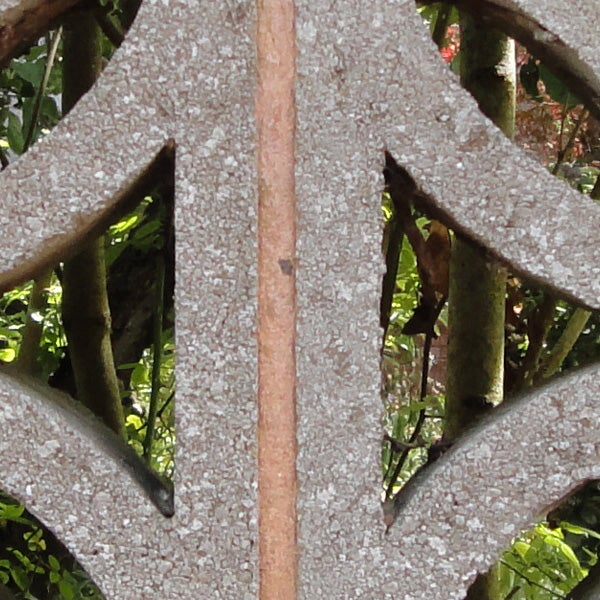
Centre sharpness is superb.
—-
There is some blurring in the corner of the frame, but no trace of chromatic aberration.
—-
”Here are some general test shots to help evaluate the camera’s overall image quality, including dynamic range, colour rendition and the zoom range of the lens. Some pictures may be clicked to download the full size original image. ”
—-
The wide angle end is equivalent to 24mm.
—-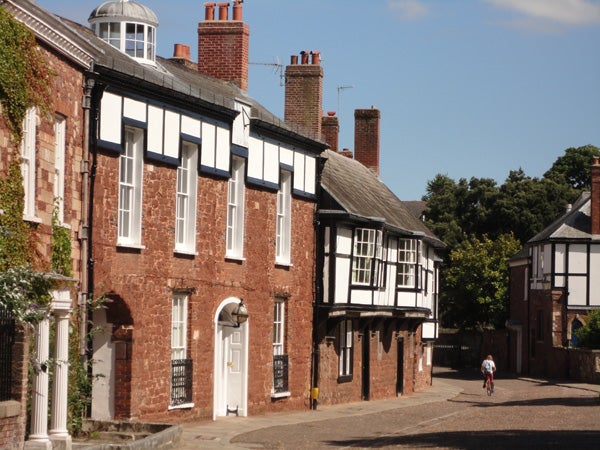
The telephoto end is equivalent to 120mm.
—-
Even without the DRO feature dynamic range is quite good,
—-
With DRO on there is plenty of shadow detail.
—-
Colour rendition is excellent.
—-
Trusted Score
Score in detail
-
Value 8
-
Image Quality 9
-
Build Quality 9
Features
| Camera type | Ultra Compact |
| Megapixels (Megapixel) | 14.1 Megapixel |
| Optical Zoom (Times) | 5x |
| Image Sensor | 1/2.3-inch Super HAD CCD |
| Optical focal length | 4.25 to 21.3mm |
| Shutter speed | 2 secs to 1/6000 |
| Auto focus | 9-point TTL: Multi-zone, centre zone, spot |
| Manual focus | N/A |
| Max output resolution | 4320x3240 |
| Other resolutions | 4320x2432, 3648x2736, 2592x1944, 2048x1536, 1920x1080, 640x480 |
| Focus range | Wide 10 to infinity, Tele 50cm to infinity |
| Exposure metering | Multi-pattern, Centre-weighted, Spot |
| Image Stabilisation | Optical |
| ISO settings | Auto, 80, 100, 200, 400, 800, 1600, 3200 |
| LCD Monitor | 2.7-inch, 230k dots |
| Viewfinder | N/A |
| Flash range | 0.2-4.8m (wide) 0.5m -2m (tele) |
| Flash modes | Auto, Forced Flash, Slow Syncro, No Flash |
| White balance modes | Auto, Daylighy, Cloudy, Fluorescent1,2,3, Incandescent, Flash, Underwater |
| Drive modes | Single shot, Continuous, Auto bracketing |
| Image formats | Still images, JPEG, Video: MPEG4 |
| Picture adjustments | None |
| Video (max res/format) | 1280x720 at 30fps |
| Movie length | Card capacity |
| Self timer | 2/10 secs |
| Memory card slot | data) Memory Stick Duo/PRO Duo/Pro-HG Duo/SD/SDHC |
| Supplied memory | 45MB built-in |
| Batteries supplied | 630mAh Li-ion |
| Charger supplied | Yes |
| A/V output | PAL/NTSC |
| Charging/Computer Connection | USB 2.0 |
| AV Out | Yes |
| Manual | 27-page printed basic manual, 137 page PDF manual on CD |
Physical Specifications
| Dimensions Width (Millimeter) | 91.7mm |
| Depth (Millimeter) | 51.9mm |
| Weight (body only) (Kilogram) | 124g including battery and memory cardkg |

